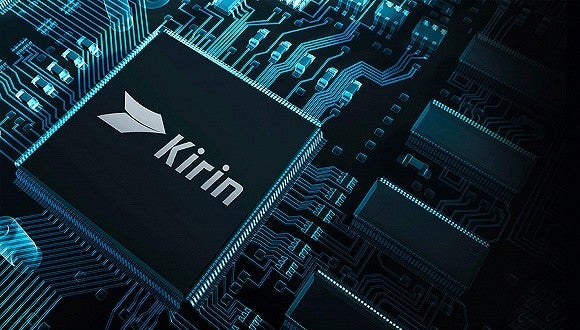Chipsets are a difficult component to talk about when you’re talking about Huawei. That’s because the US has banned foundries that use American technology to produce chips from sending them to the Chinese manufacturer. And what makes it so urgent this year is that Apple and Huawei are the first to bring chips made with the 5 nm process node to their products. Simply put, the lower the number of the process node, the greater the number of transistors that fit within a square mm. This usually means that more transistors are inside the component, offering greater performance along with more energy efficiency.
Twitter informant says Huawei will have a 3 nm Kirin chipset called 9010
As an example, Apple’s A13 Bionic chipset, used within the 2019 series of the iPhone 11, was produced by TSMC using its 7 nm process node. The density of the transistor is 90 million transistors per square mm and each of these SoCs contains 8.5 billion transistors. This year’s Bionic A14, found within the iPhone 12 line uses the 5 nm process node and is populated with 134 million transistors per square mm or a total of 11.8 billion transistors on each chip. Huawei, hard hit by the new US export rules, was TSMC’s second largest customer after Apple until the ban goes into effect. This year, Huawei was able to receive some deliveries of the Kirin 9000 before the ban began and the components are being used in the company’s new Mate 40 line. They are also marked for the folding Huawei Mate X sequence (possibly called Mate X2) and for 5G base stations that work with the outfit’s 5G network equipment.
The 5nm Kirin 9000 currently used will be replaced by the next generation 3nm Kirin 9010, says the Twitter informant
Despite the United States Department of Commerce’s export rules, which have led many analysts to believe that Huawei’s Kirin line will no longer exist after the Mate 40 and Kirin 9000 series, some of the “informed” claim that the next P50 line year will also be powered by Kirin 9000. And today,
a Twitter informant who goes by the name of Teme (@ RODENT950) disseminated a concise tweet that may have few words, but a lot of meaning. The next-generation Kirin chip, he says, will be the 3nm Kirin 9010. How this will be accomplished is not explained, although some analysts believe that US President-elect Joe Biden may not continue to punish Huawei as severely as Donald Trump did during his term as president. Biden takes office on January 20.
In addition to preventing Huawei from receiving chips it designed (which were manufactured by TSMC), last year the Trump administration called the manufacturer of phones and network equipment a threat to U.S. national security and placed it on the Entities, preventing you from getting parts made by USA firms. The move also prevented Google from doing business with the Chinese manufacturer, which may have hurt sales of international models. But in China, most of Google’s Android apps are banned anyway. Still, the move forced Huawei to develop its own ecosystem, which ended up being well received by users.
In 2016, Huawei’s head of consumer products, Richard Yu, set an ambitious goal. In 2021, the executive said he would overtake Samsung to become the largest smartphone maker in the world. Earlier this year, Huawei did in fact briefly take first place during the first quarter. But with the US continuing to make life difficult for the company, Huawei was forced to sell its Mark of honor for about $ 15 billion. Responsible for 26% of Huawei’s phone sales in the last quarter, or about 13.4 million units, the end result is that Huawei will lag behind Samsung by a larger margin. Honor will become the world’s eighth largest phone maker, ahead of companies as well-known as LG and Motorola.

